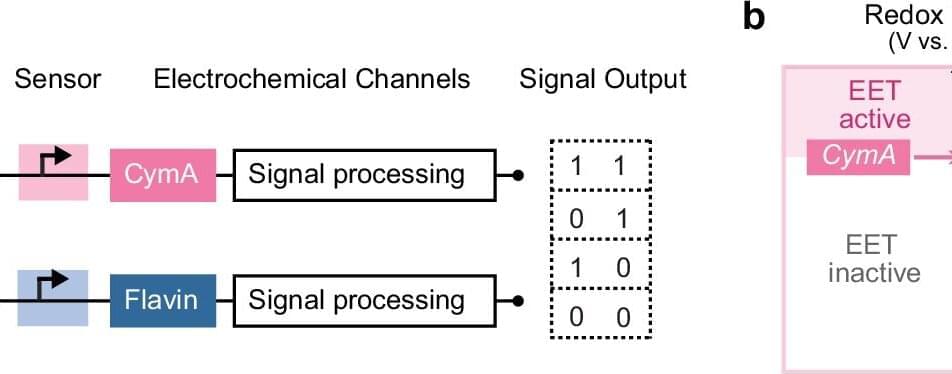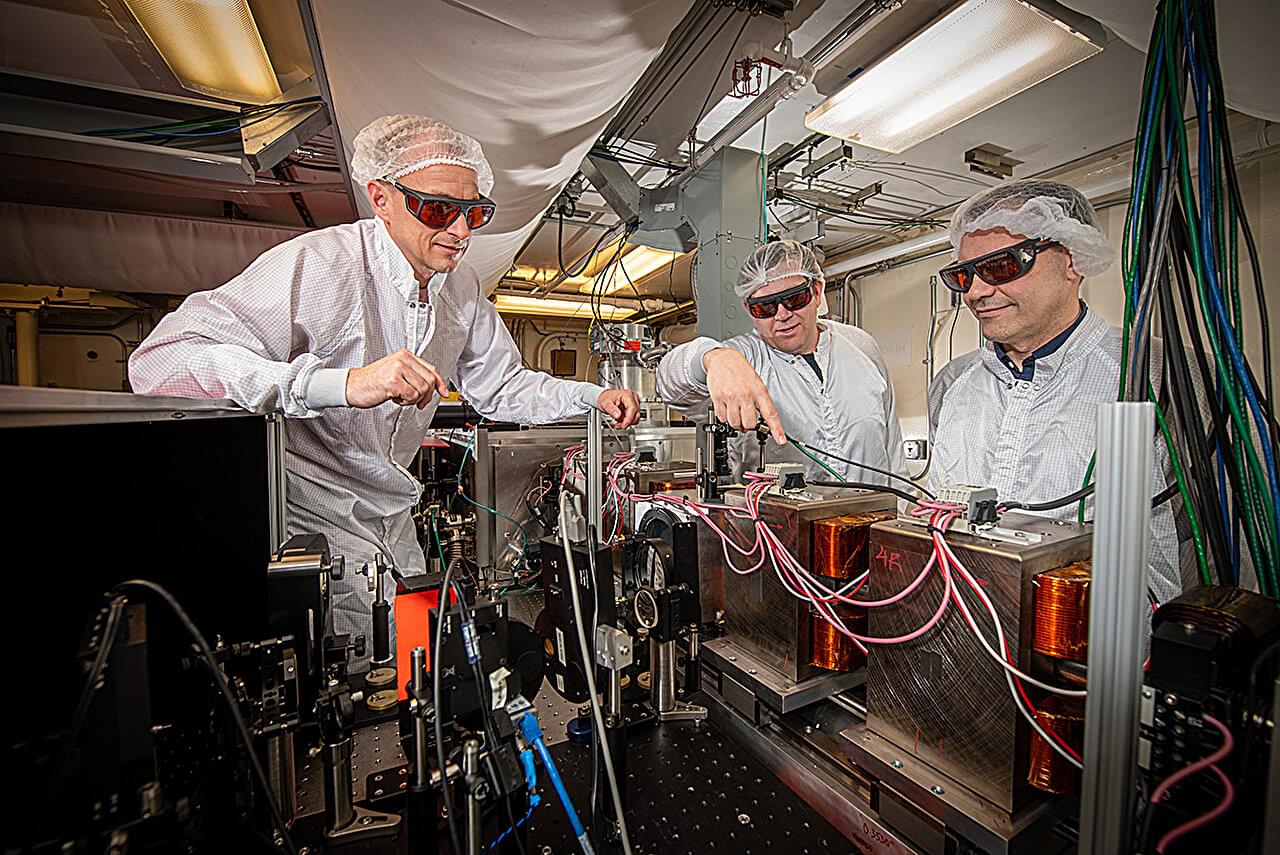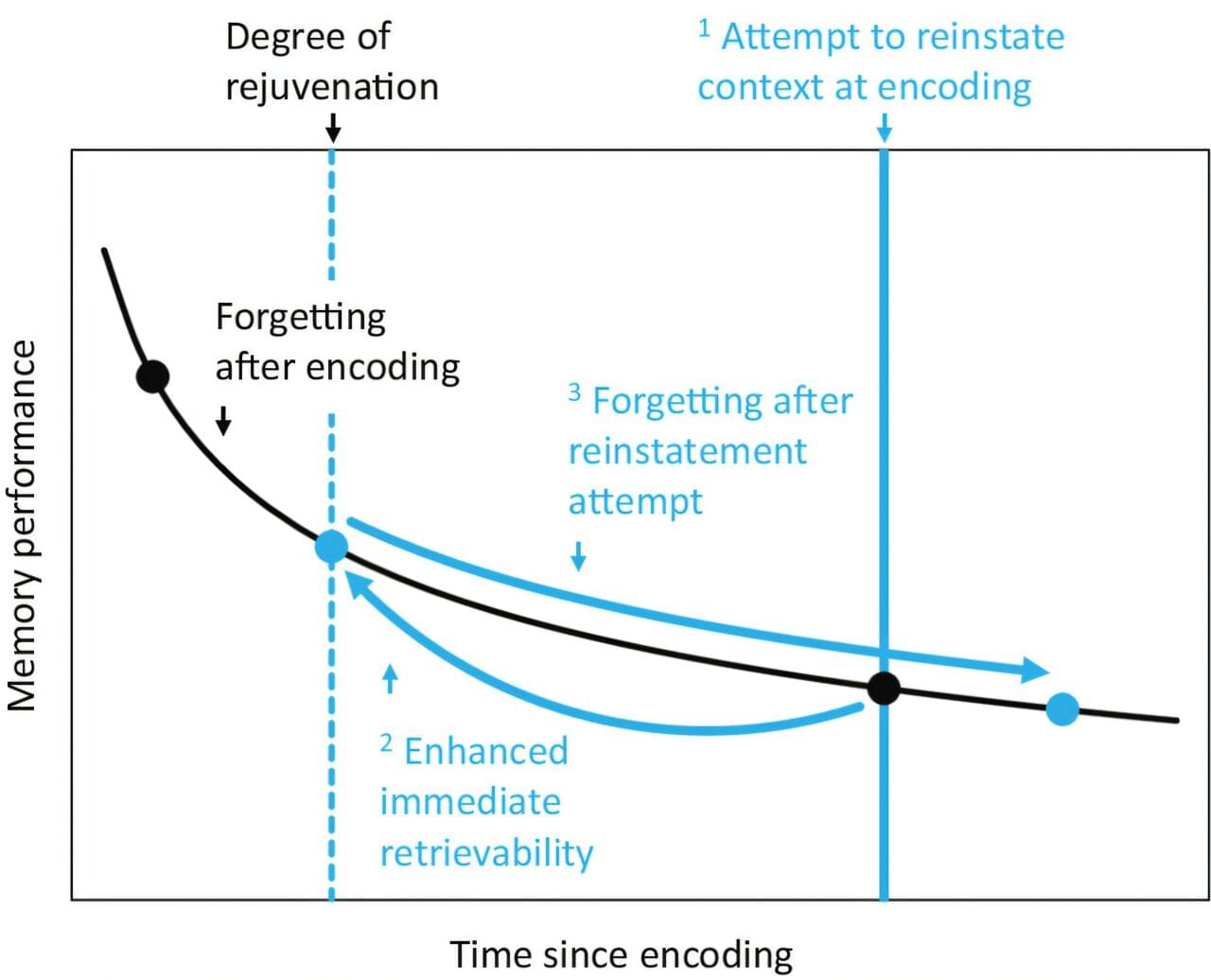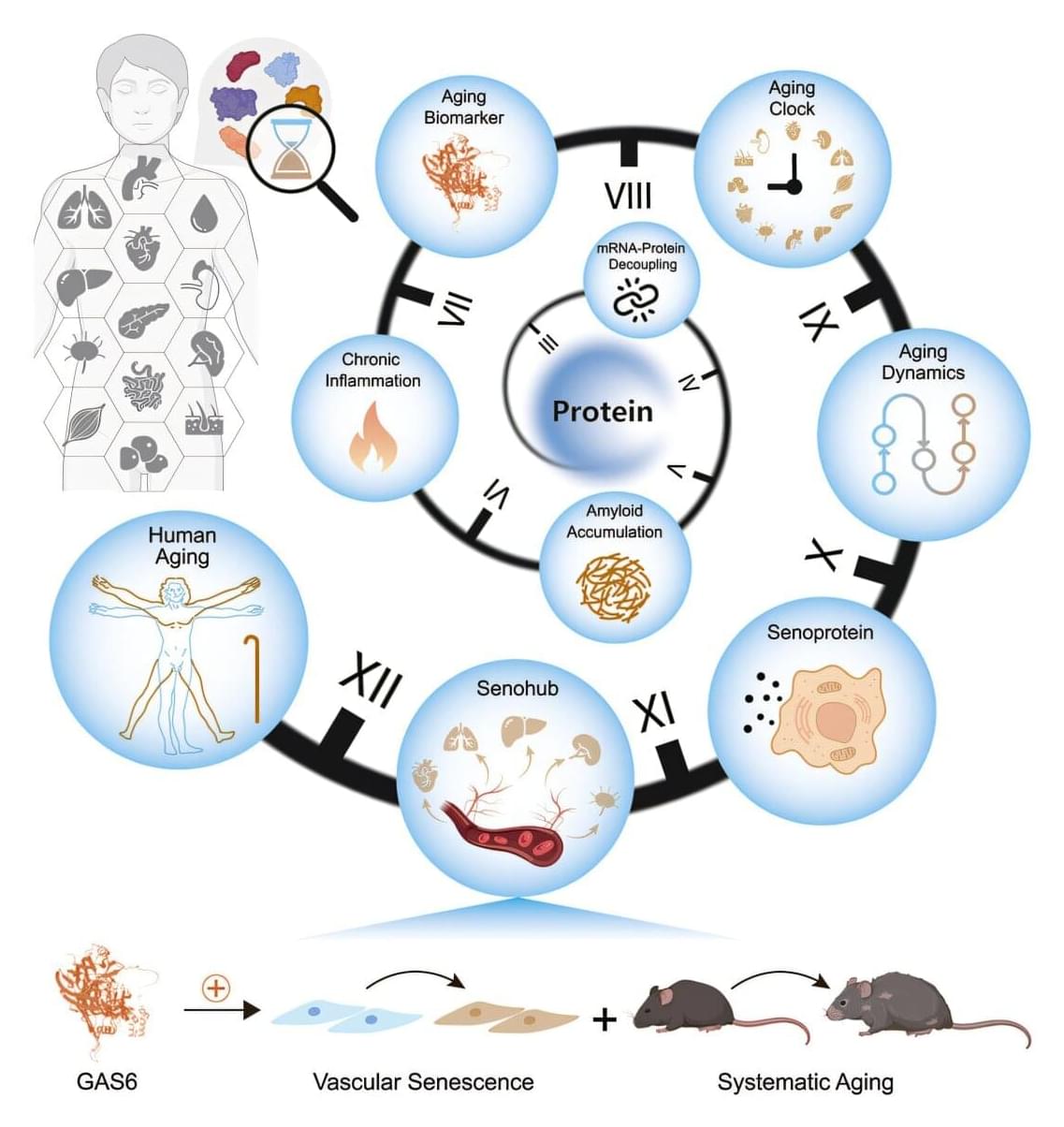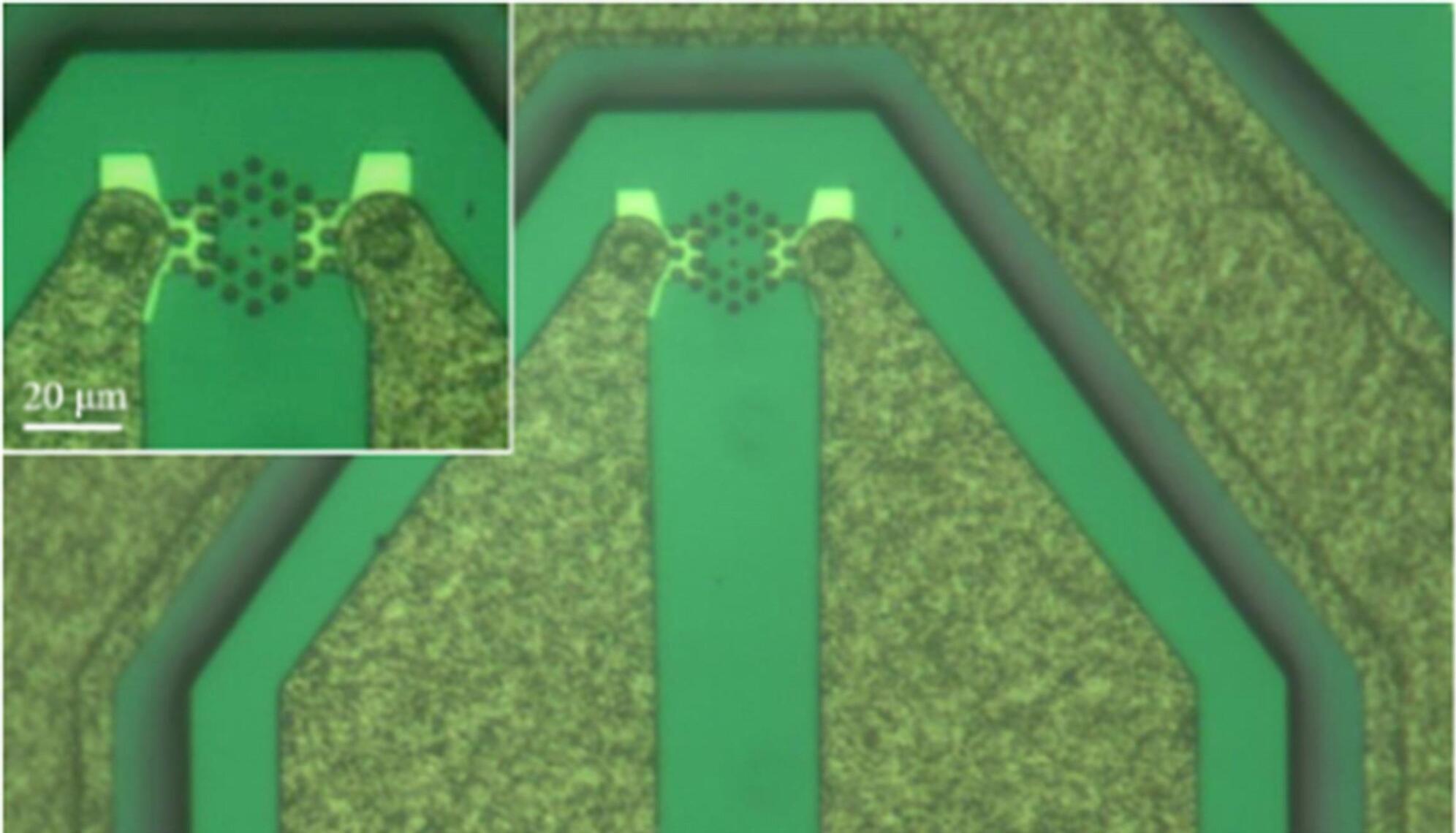Researchers at Rice University have engineered E. coli to act as living multiplexed sensors, allowing these genetically modified cells to detect and respond to multiple environmental toxins simultaneously by converting their biological responses into readable electrical signals. This innovation opens the door to real-time, remote monitoring of water systems, pipelines and industrial sites with potential future applications in biocomputing.
A new study published in Nature Communications demonstrates an innovative method for the real-time, on-site detection of arsenite and cadmium at levels set by the Environmental Protection Agency.
This research, led by Xu Zhang, Marimikel Charrier and Caroline Ajo-Franklin, addresses a significant inefficiency in current bioelectronic sensors, which typically require dedicated communication channels for each target compound. The research team’s multiplexing strategy greatly enhances information throughput by leveraging bacteria’s innate sensitivity and adaptability within a self-powered platform.
